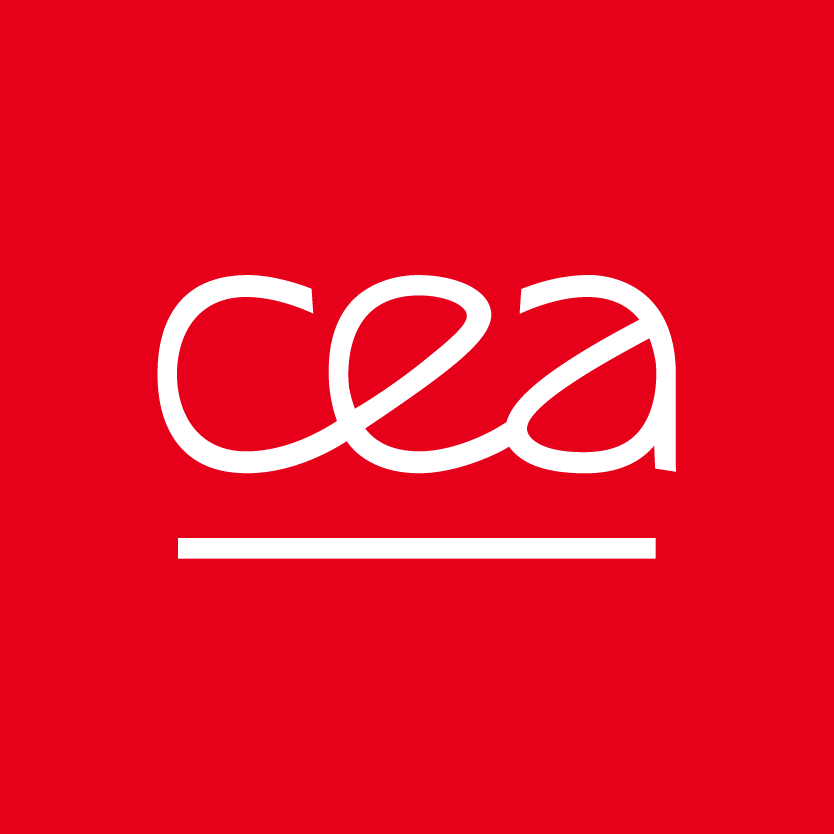
An IPhT researcher, Nicolas Sangouard, and his partners from the universities of Geneva and Basel have succeeded for the first time in “intriguing” the outputs of two optical fibers sharing a single photon at a distance of 2 km. By this performance, they show how a form of quantum entanglement that is simple to produce can be distributed and detected over long distances.
An important step towards the construction of a secure quantum the internet!
Quantum entanglement or entanglement refers to a very surprising phenomenon in which two systems form a linked state, with the state of each individual system remaining undefined. Regardless of the distance between them, these systems have correlated physical properties. Without stopping being amazed, physicists have learned to use entanglement and to imagine technological applications that have no classical equivalent. One of them consists in using entanglement to develop secure communication networks, a kind of quantum the internet with unprecedented security guarantees.
While the most classical scheme is based on a pair of photons whose polarization states are correlated, researchers have chosen to work with only one photon. To produce the single-photon entanglement, they “only” need a single-photon source, a semi-reflective plate and two optical fibers. Where two photons share a polarization state, two “optical paths” share a single photon. While the production of the single-photon entanglement is much easier than that a two-photon entanglement, the detection is quite different. How can we demonstrate the correlation between the properties of the two optical fibers, presence, absence or presence-and-absence of a photon at the same time? Physicists show that by adding a little light into the two optical fibers, it becomes possible to detect these three configurations that sign the desired correlation.
This method applies not only locally, in the proximity of the separating blade, but also at the end of the fibers, two kilometers away! The experiment reproduces a “complete” elementary quantum lattice link, including the entanglement “announcement” device. At this stage, it does not appear impossible to extend this link to a few hundred kilometers, thanks to the use of quantum repeaters.
Compared to its two-photon counterpart, the single-photon entanglement has a much higher loss resistance. For a 100 km link, the probability that the entanglement is preserved reaches 10% for one photon and only 1% for two. In addition, the announcement of the availability of the entanglement is easier to generate in the one-photon case. So many advantages for this brand new modality!


